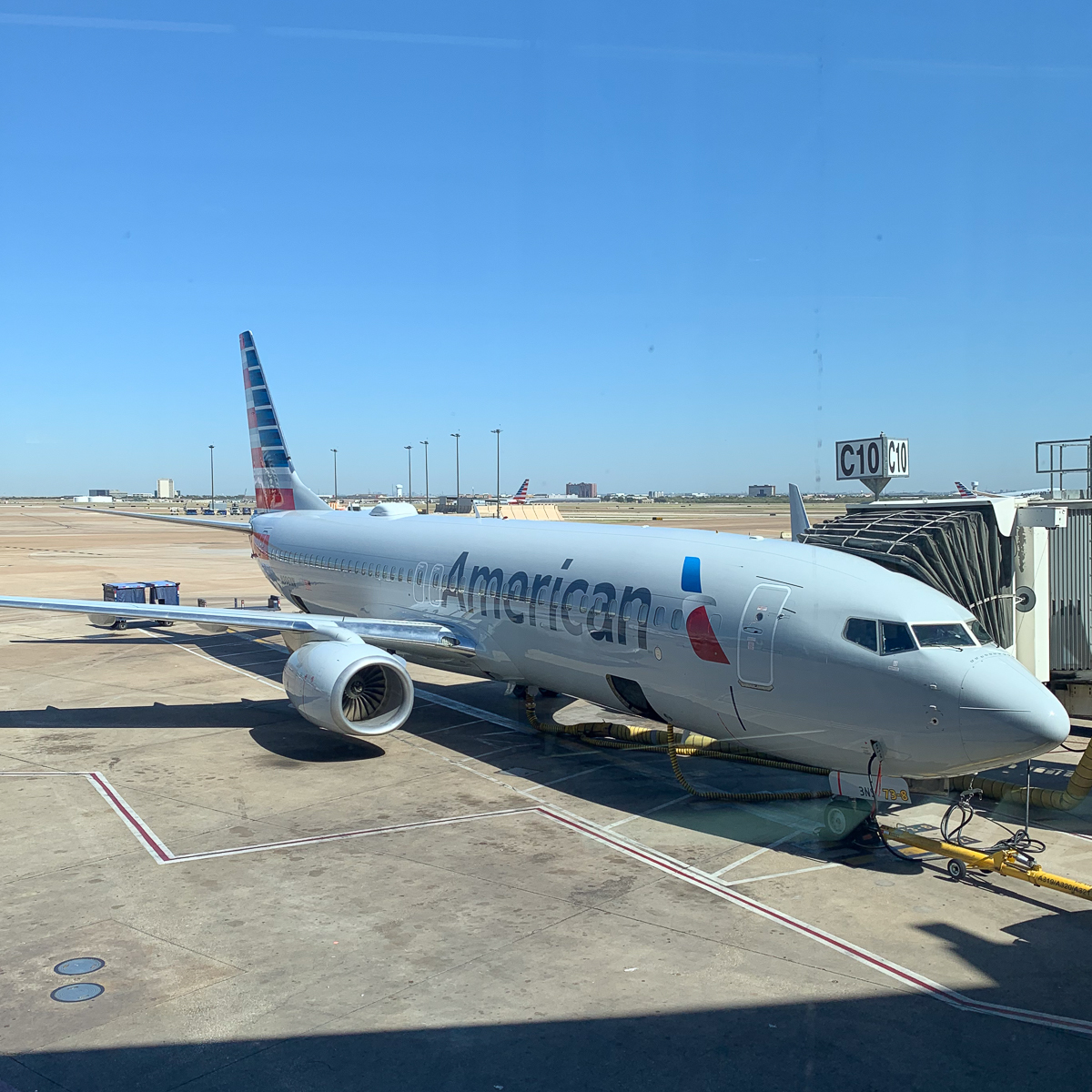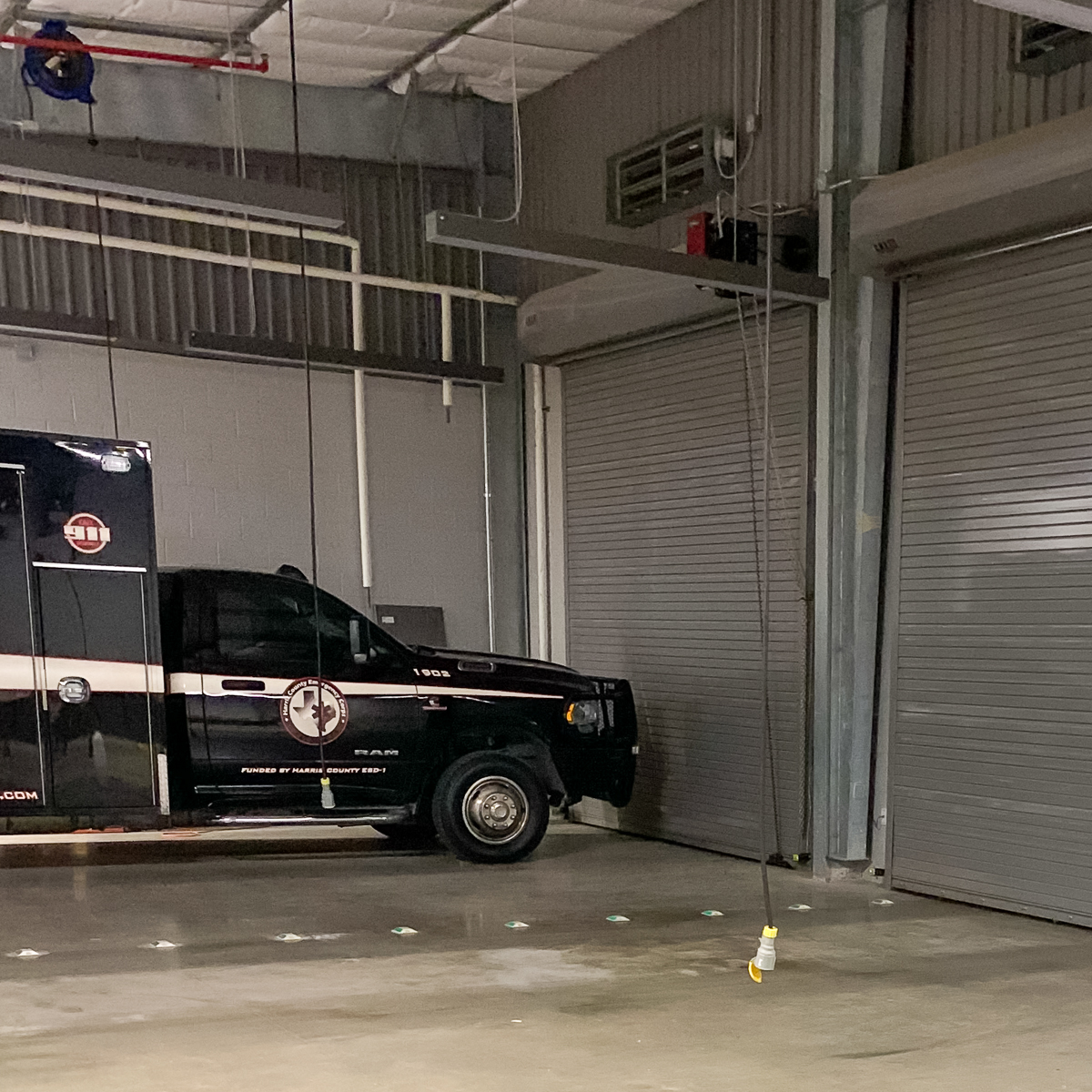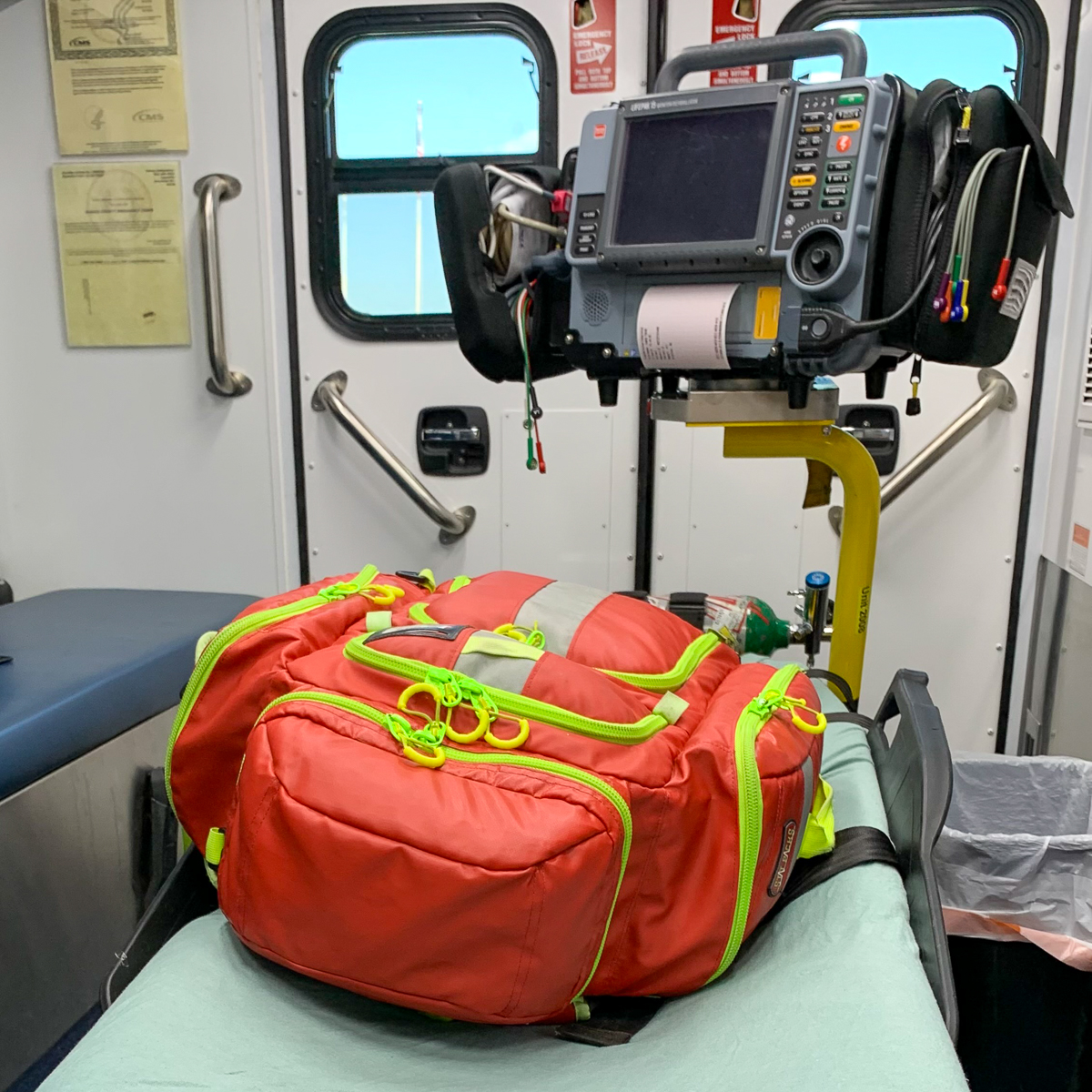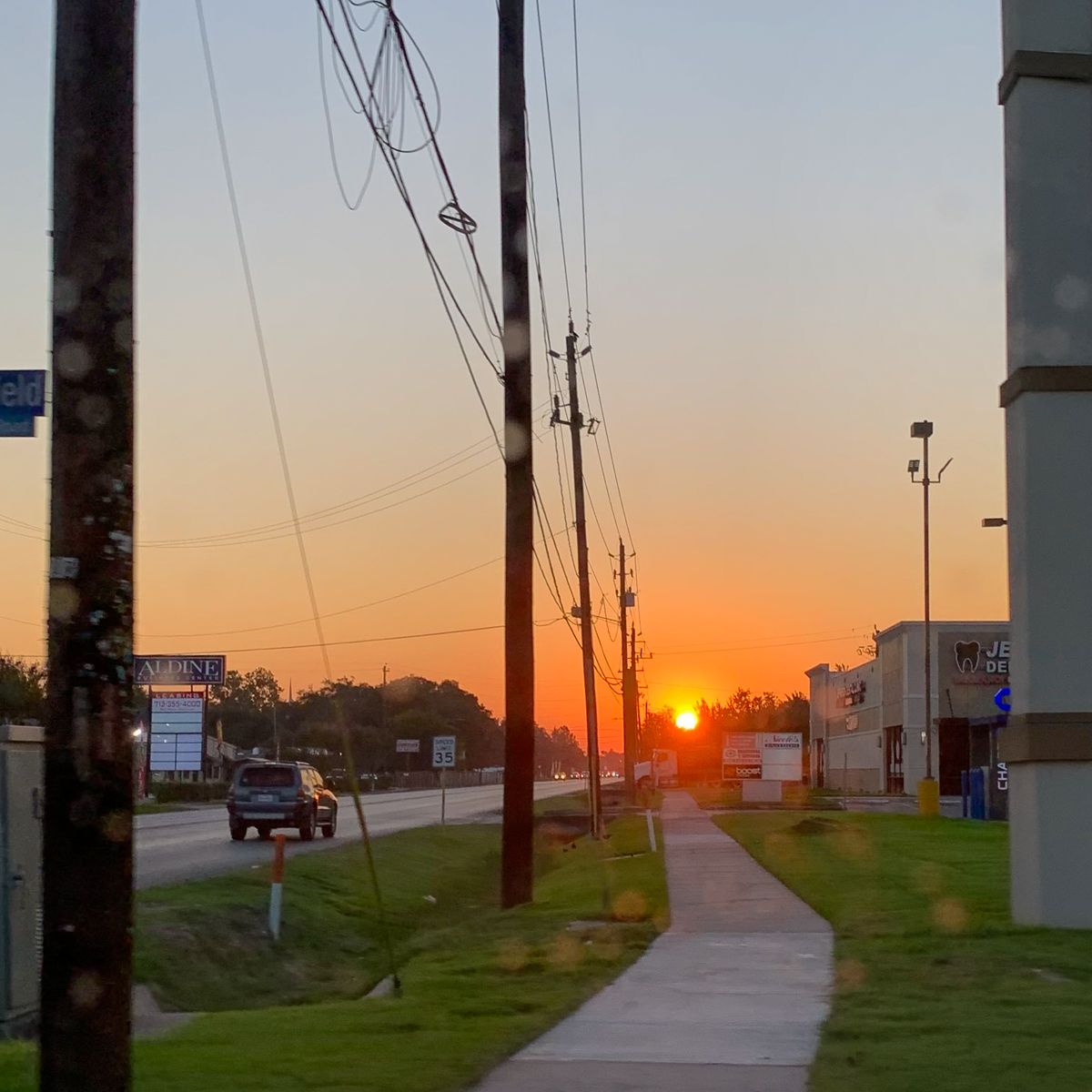University of Alaska's $1 Million Initiative Eases Financial Burdens for Healthcare Students Pursuing Clinical Placements
by Vicki Nechodomu |
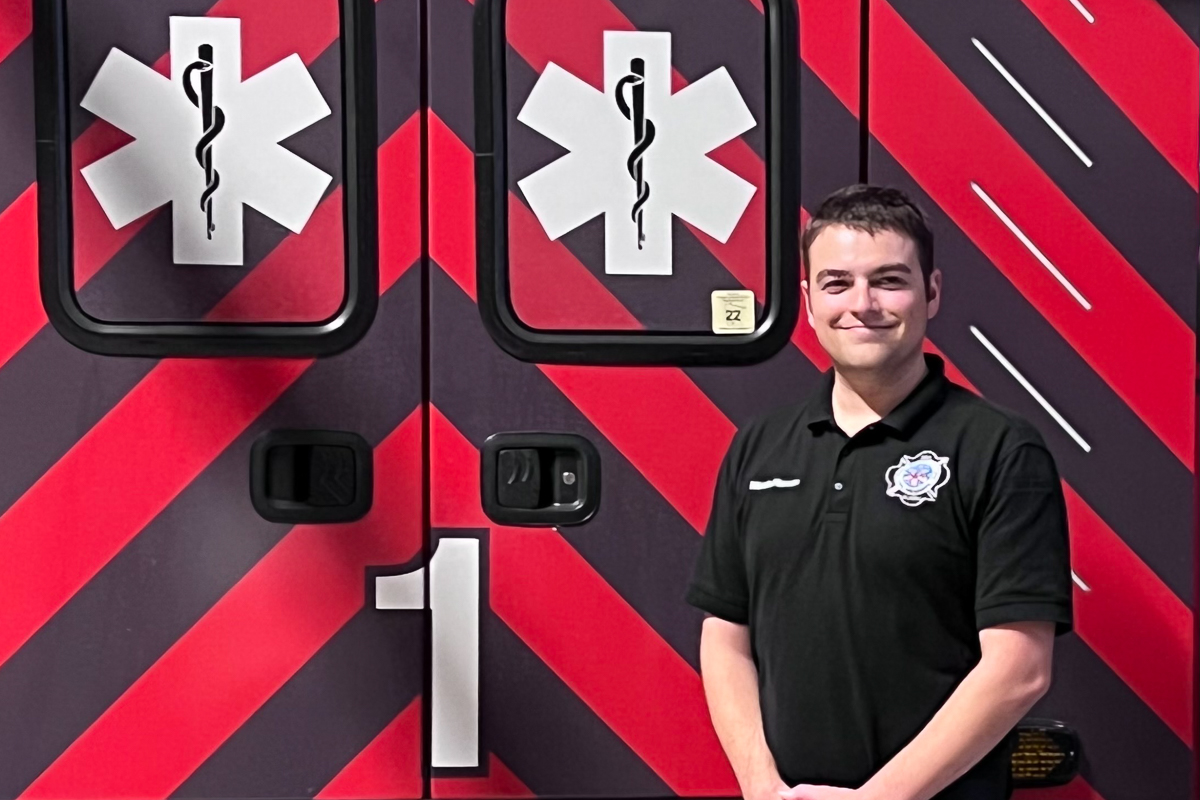
Dedicated Public Servants: Stories of Commitment and Education
Noah Hamm serves as a fire captain and paramedic at the Steese Fire Department in Fairbanks, Alaska. Following eight years of dedicated service in public safety, he made the decision to enhance his professional skills by enrolling in the Paramedical Technology program at Kenai Peninsula College (KPC). After 15 months of rigorous training, involving substantial time and financial commitments, Hamm successfully completed his training. He credits his newfound skills as being instrumental in improving patient outcomes during three critical incidents over the span of three months.
“I’m so thankful to be where I am today, as becoming a paramedic has been a life goal of mine for as long as I can remember,” said Hamm, reflecting on his educational journey within the University of Alaska (UA). “As rewarding as this whole experience was, it was also a serious commitment of both time and money,” he added.
Financial Challenges in Healthcare Education
For Hamm’s capstone project, which is a program requirement, he left Alaska and spent seven weeks working with a fire department in Minnesota. This commitment resulted in financial expenses not only related to the project itself, but also to the ongoing costs he had at home in Alaska.
Frazier Groseclose, another student in KPC's Paramedical Technology program, relocated to Houston, Texas for six weeks to complete his capstone project. His schedule was intense, involving 24-hour shifts and no personal transportation.
These financial challenges are not unique to the paramedic program. Rachel DeBauche, a Mat-Su resident and Family Nurse Practitioner (FNP) student at the University of Alaska Anchorage (UAA), spent the last two semesters of her program on a clinical site assignment in Homer, Alaska.
“Although this has been a remarkable opportunity, it provided financial uncertainties and an increase in stress,” said DeBauche. The clinical health practical placement outside her hometown, combined with the loss of income from her full-time job during this period, led DeBauche to contemplate alternative options, including taking out additional loans.
“Then the opportunity of the clinical health placement financial aid became available,” said DeBauche. “The sum I received has allowed me to focus on my clinical learning objectives and not worry about the financial burden it would have placed on my family.”
Frazier Groseclose, a student in Kenai Peninsula College's Paramedical Technology program, documented his life in Houston, Texas during his 6-week clinical placement. (Photos courtesy of Frazier Groseclose)
The University of Alaska's Clinical Health Placement Initiative
This issue is widespread in many healthcare education programs, not limited to the UA system, but extending nationwide. Recognizing the urgency of addressing this challenge, the University of Alaska launched the Clinical Health Placement (CHP) financial aid initiative, with $1 million allocated from the Alaska State Legislature, and piloted it in fiscal year 2023.
The university acknowledges the critical workforce shortages in health and behavioral health care fields and the vital need for a skilled workforce to support the health of residents, particularly in rural Alaska. University leadership recognized that financial challenges arise when students are unable to work while completing clinical rotations or when they incur costs associated with clinical rotations away from their hometowns. In response, the CHP initiative offers a limited number of financial aid awards and travel costs to students whose academic programs require clinical health placements that necessitate leaving their home communities or not working while they participate in their placement.
“The University of Alaska understands the importance of healthcare across our state and further recognizes the sacrifices students and their families must take to fulfill their educational dreams. It is not only the dedication of time but the financial burden as well,” said Kathy Craft, Associate Vice Provost of Clinical Health Programs at UAA. “The Clinical Health Placement funding is awarded to alleviate some financial burden while health degree seeking students participate in on site clinical work in communities across the state.”
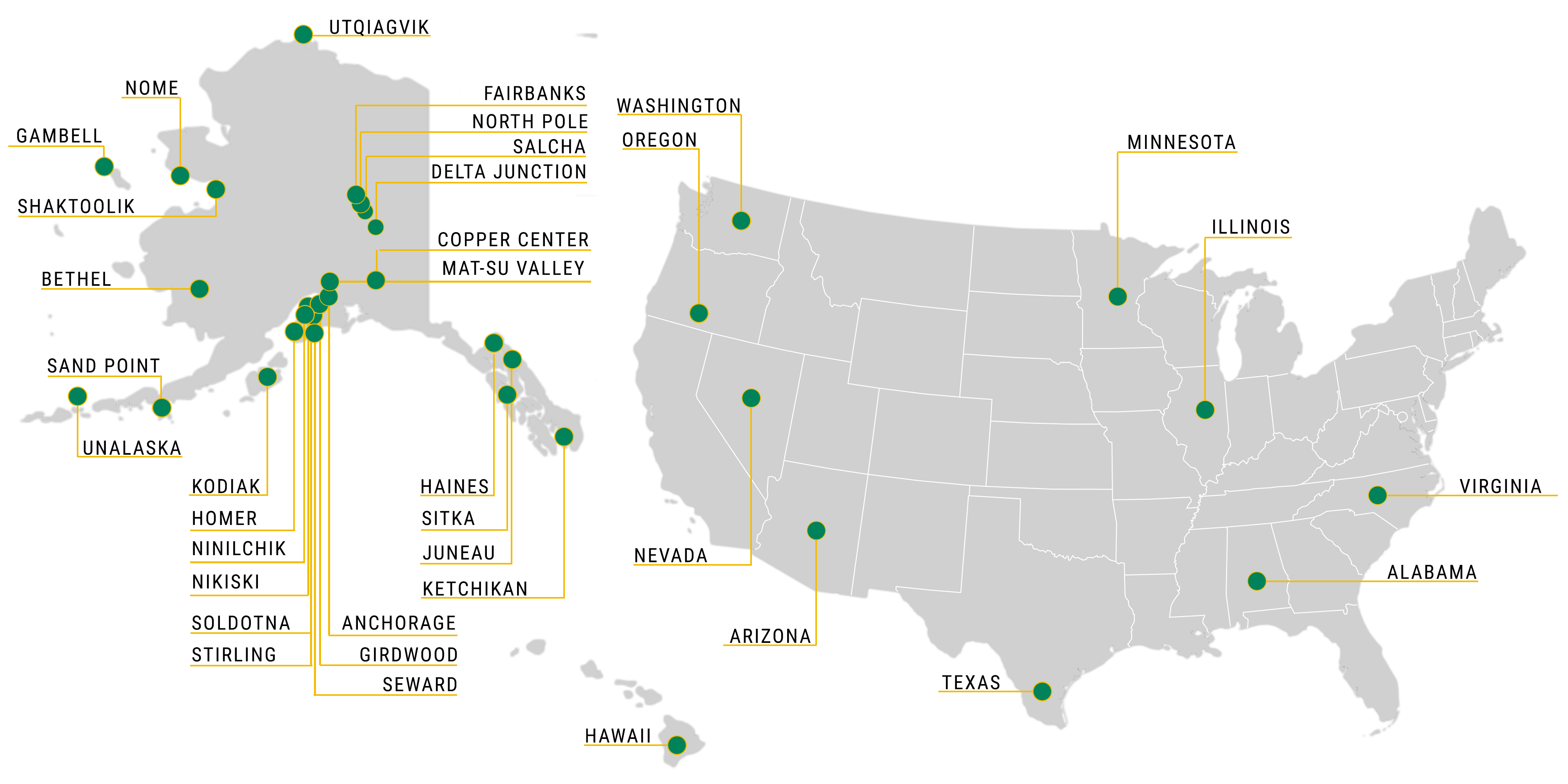
Impactful Financial Aid for Healthcare Students
Hamm, Groseclose, and DeBauche were among the 281 University of Alaska students statewide who benefited from the funding allocated during the program's inaugural year.
“I received a check in the mail as part of the out-of-state scholarship,” said Hamm. “It is hard to put into words the feeling of appreciation I have for receiving that financial support. It eliminates the stress I’ve felt, shouldering the additional financial burden of my paramedic education.”
The Clinical Health Placement (CHP) financial aid initiative offers partial funding support to both full-time and part-time students at UAA, the University of Alaska Fairbanks (UAF), and the University of Alaska Southeast (UAS). It caters to students enrolled in specific health degree programs, including Occupational Endorsements (OEC) or certificates, that require clinical placements lasting three weeks or more, whether within rural Alaska, out of state, or in their home communities. During its pilot year, this financial aid initiative benefited students across twenty diverse programs, encompassing fields such as nursing, social work, school counseling, radiology technology, speech-language pathology, paramedicine, and medicine. The CHP funding supported students successfully completing clinical placements in a wide array of locations, including rural areas like Haines, Bethel, Nome, Unalaska, Utqiavik, as well as out-of-state destinations like Hawaii, Texas, Minnesota, Illinois, Nevada, and Arizona, with the Alaskan students returning to Alaska for employment..
“With limited clinical opportunities in our community, students should not be penalized financially for having to seek required clinical hours in rural areas,” said DeBauche. “This financial aid has impacted my life in many ways and I hope that this can continue for future students at University of Alaska.”
The cost of living is ever-growing and being able to pursue my dreams and give back to my community was made easier with this financial aid,” said Groseclose. “Out of many inspirations to continue in my future of EMS/Healthcare, this was one that helped allow me to put my life on hold for my family and education in uncharted territory.”
Continuing Support for Healthcare Education
The application for the second year of CHP financial aid has opened, and will remain open until all funds have been spent as it is a first come first served application process. Students can apply online and learn more about program requirements at uaa.alaska.edu/chp. As the CHP initiative continues to be successful and well served, funding is likely to continue as funds are available.
“It makes me feel like educational and government leaders in Alaska see and appreciate the hard work that I put in,” said Hamm. “And that encourages me to continue my professional development and public service in the state of Alaska.”

CATEGORIES
TAGS
- Awards
- Behavioral Health
- Climate Change
- Community
- COVID-19
- Food Security
- Forensic Care
- Giving
- Simulation
- Workforce Development
ACADEMIC UNITS
- Department of Human Services
- Division of Population Health Sciences
- Justice Center
- School of Allied Health
- School of Nursing
- School of Preventive & Therapeutic Sciences
- School of Social Work
PARTNER PROGRAMS
CENTERS & INSTITUTES
- Alaska Center for Rural Health and Health Workforce
- Center for Human Development
- Child Welfare Academy
- Interprofessional Health Sciences Simulation Center
MEDIA INQUIRIES / STORY LEADS










